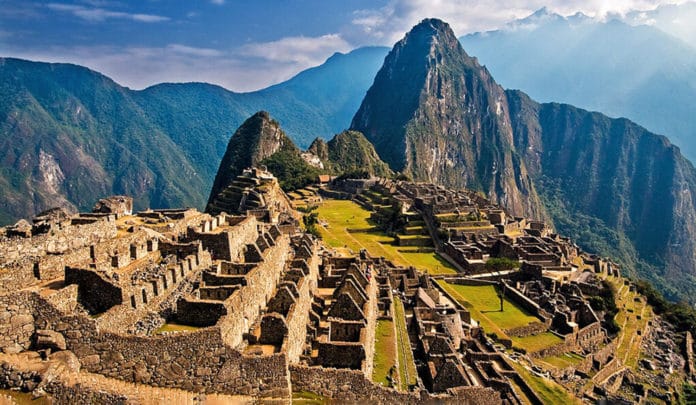The most familiar Inca civilization icon, Machu Picchu, is often referred to as the ‘Lost City of the Incas.’ The sanctuary is considered one of humanity’s most significant architectural achievements.
Built-in a remote Andean setting atop a narrow ridge high above a precipitous river canyon, the site is eminent for its ideal combination and spectacular landscape.
In recent years, scientists have started taking an interest in revealing the mysteries related to Machu Picchu. In 2019, the Geological Society of America solved the location mystery of Machu Picchu.
The precise dating of how old Machu Picchu is relies largely on documentary sources. Historical sources dating from the Spanish invasion of the Inca Empire indicate that Pachacuti seized power in A.D. 1438 and subsequently conquered the lower Urubamba Valley, where Machu Picchu is located.
Based on those records, scholars have estimated that the site was built after A.D. 1440 and perhaps as late as A.D. 1450, depending on how long it took Pachacuti to subdue the region and construct the stone palace.
A new study led by Yale archaeologist Richard Burger has revealed that the sanctuary is decades older than previously thought. Using accelerator mass spectrometry (AMS), scientists analyzed the dating of human remains recovered during the early 20th century at the monumental complex and onetime country estate of Inca Emperor Pachacuti located on the eastern face of the Andes Mountains.
The study revealed that Machu Picchu was in use from about A.D. 1420 to A.D. 1530 -ending around the Spanish conquest. This means the site is 20 years older than the previously accepted historical record.
The AMS testing indicates that the historical timeline is inaccurate.
Burger said, “Until now, estimates of Machu Picchu’s antiquity and the length of its occupation were based on contradictory historical accounts written by Spaniards in the period following the Spanish conquest. This is the first study based on scientific evidence to provide an estimate for the founding of Machu Picchu and the length of its occupation, giving us a clearer picture of the site’s origins and history.”
According to the study, Pachacuti gained power and began his conquests decades earlier than textual sources indicate. As such, it has implications for people’s wider understanding of Inca history.
Burger said, “The results suggest that the discussion of the development of the Inca empire based primarily on colonial records needs revision. Modern radiocarbon methods provide a better foundation than the historical records for understanding Inca chronology.”
The samples used in the study were recovered from four cemeteries at Machu Picchu in 1912 during excavations. The bones and teeth used in the analysis likely belonged to retainers or attendants assigned to the royal estate.
Scientists noted, “The remains show little evidence of involvement in heavy physical labor, such as construction, meaning that they likely were from the period when the site functioned as a country palace, not when it was being built.”
Journal Reference:
- Richard L. Burger et al. New AMS dates for Machu Picchu: results and implications. DOI: 10.15184/aqy.2021.99
